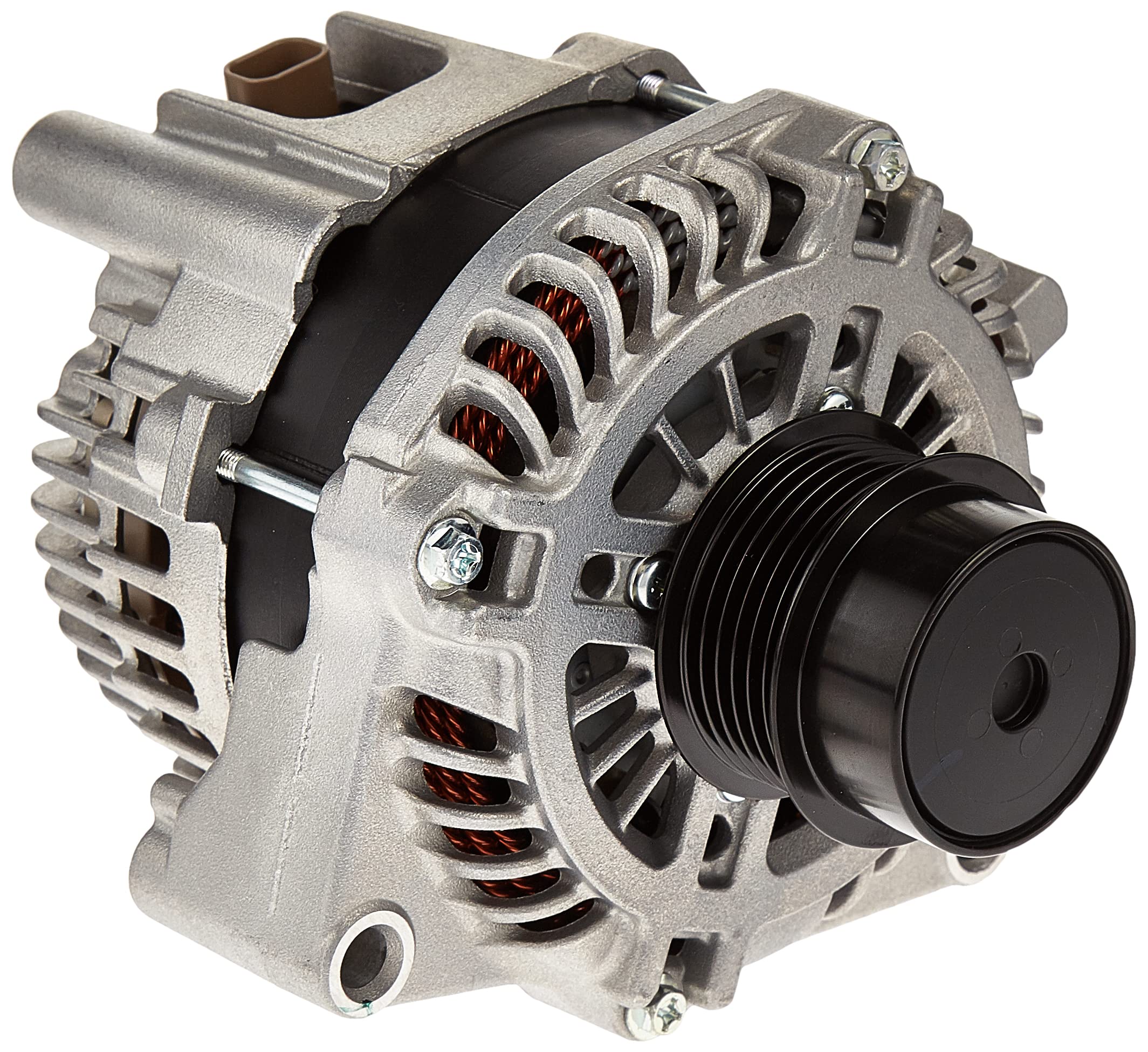HOW AN ALTERNATOR WORKS

An alternator is an electromechanical device that converts mechanical energy into electrical energy.
It is commonly used in vehicles to charge/maintain the battery's voltage and power electrical systems while the engine is running.
It consists of a rotor (rotating component) and a stator (stationary component).
The rotor is connected to the engine's crankshaft via a belt, and it rotates within the stator.
The stator consists of a set of wire coils that are arranged in a circular pattern around the rotor.
As the rotor spins, it creates a magnetic field that induces an electrical current in the wire coils of the stator.
This current is then sent to a voltage regulator, which regulates the output voltage of the alternator and ensures that it stays within a safe range.
The output voltage of the alternator is typically higher than the battery's voltage, so the voltage regulator also ensures that the battery is not overcharged by limiting the amount of current sent to it.

 Loading..
Loading..